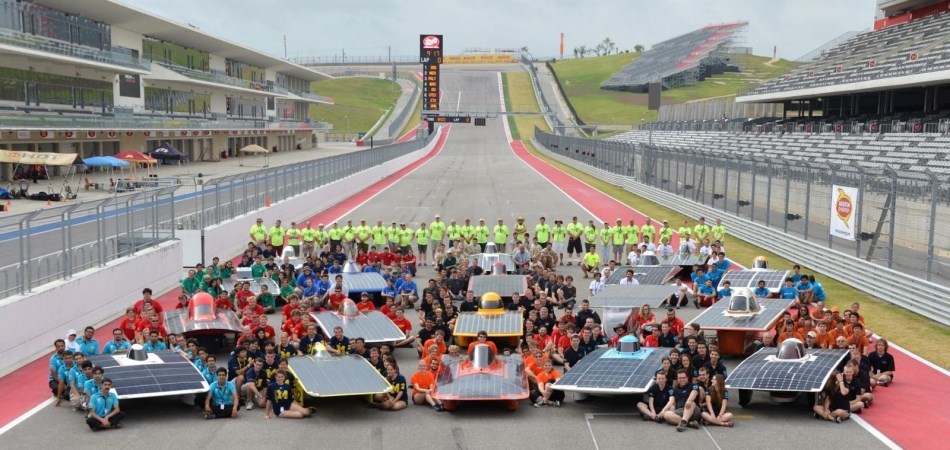The World Solar Challenge (WSC), or the Bridgestone World Solar Challenge since 2013, tied to the sponsorship of Bridgestone Corporation is the world's most well-known solar-powered car race event. A biennial road race covering 3,022 km (1,878 mi) through the Australian Outback, from Darwin, Northern Territory, to Adelaide, South Australia, created to foster the development of experimental, solar-powered vehicles.
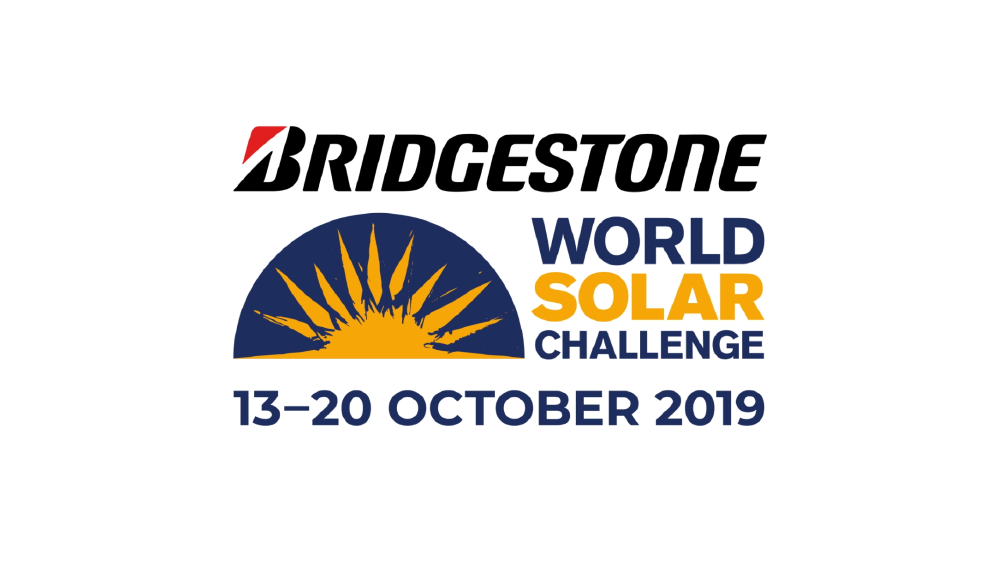
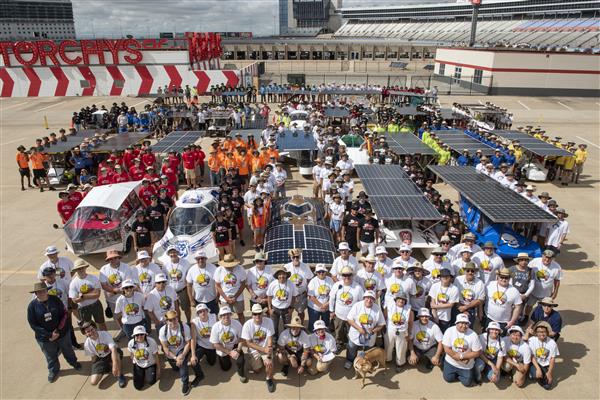
The race attracts teams from around the world, most of which are fielded by universities or corporations, although some are fielded by high schools. The race has a 32-year history spanning fifteen races, with the inaugural event taking place in 1987. Initially held once every three years, the event became biennial from the turn of the century.
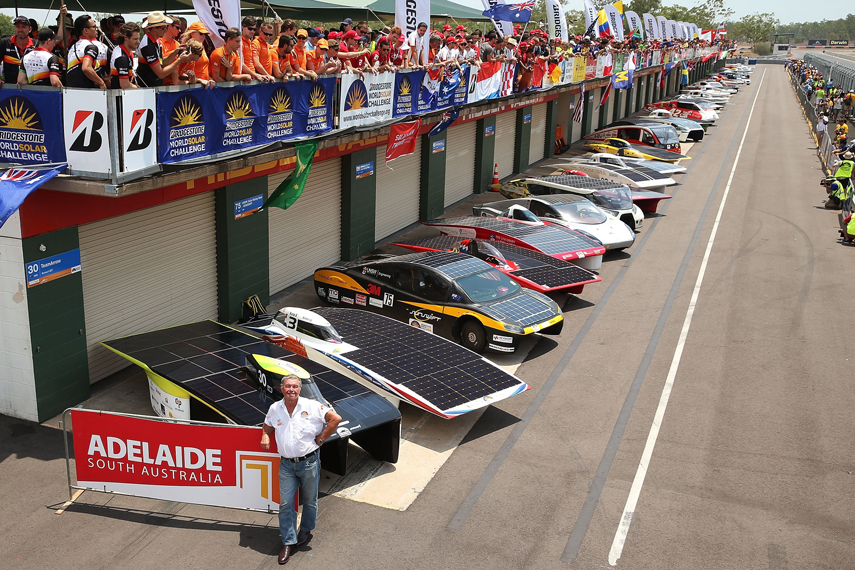
The idea for the competition originates from Danish-born adventurer Hans Tholstrup. He was the first to circumnavigate the Australian continent in a 16-foot (4.9 m) open boat. At a later stage in his life he became involved in various competitions with fuel saving cars and trucks.
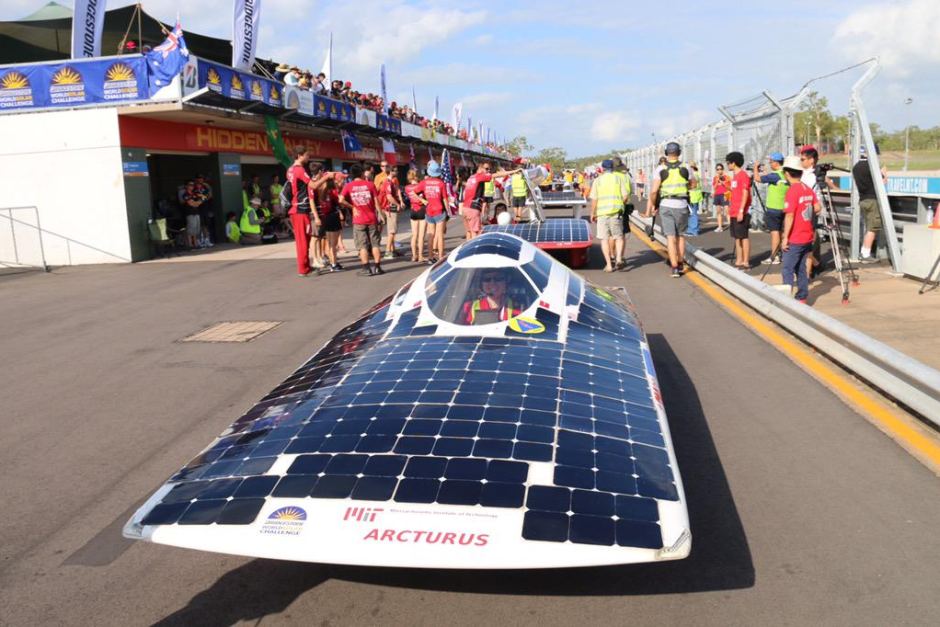
Already in the 1980s, he became aware of the necessity to explore sustainable energy as a replacement for the limited available fossil fuel. Sponsored by BP, he designed the world's first solar car, called The Quiet Achiever, and traversed the 4,052 km (2,518 mi) between Sydney, New South Wales and Perth, Western Australia in 20 days. That was the precursor of the World Solar Challenge.
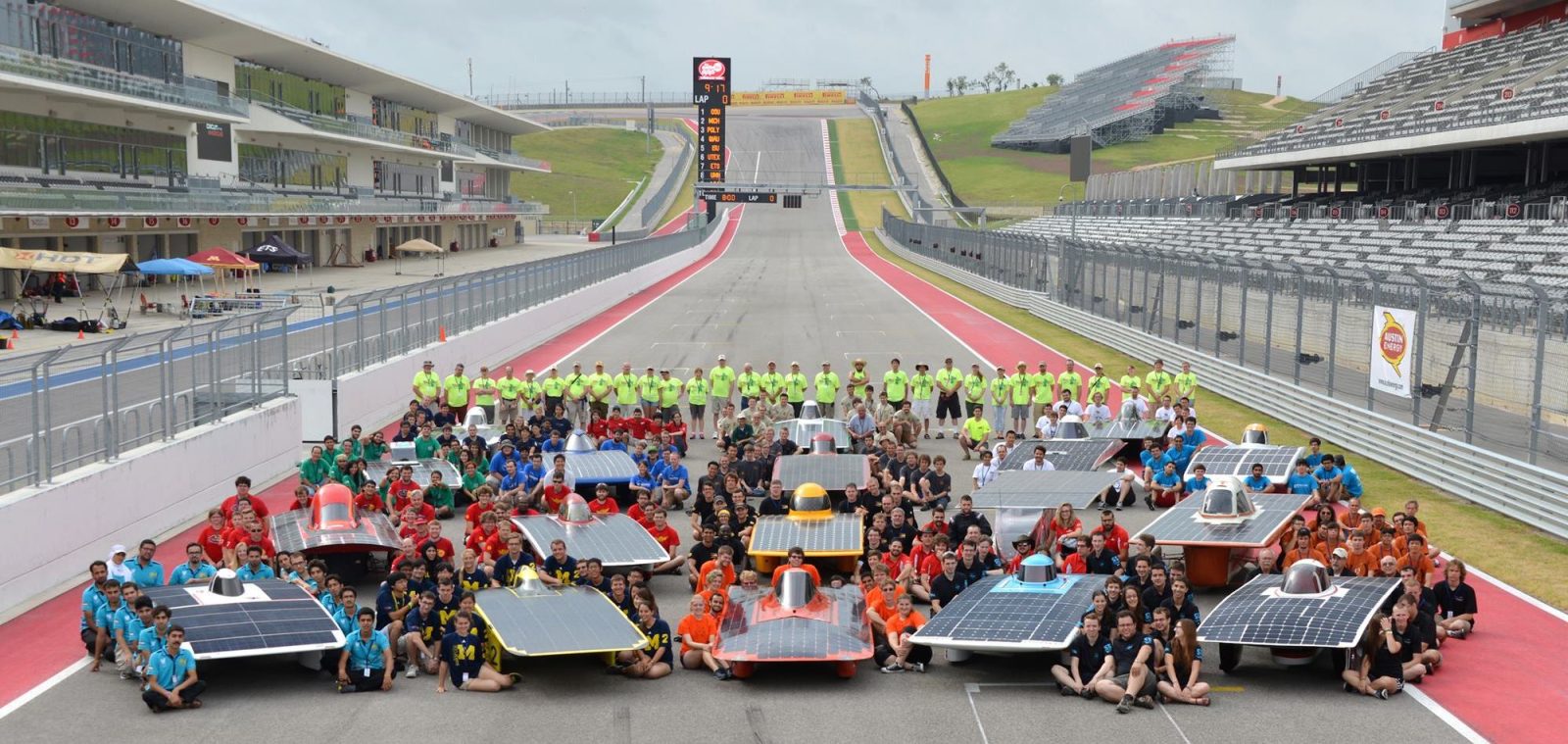
Efficient balancing of power resources and power consumption is the key to success during the race. At any moment in time the optimal driving speed depends on the weather forecast and the remaining capacity of the batteries. The team members in the escort cars will continuously remotely retrieve data from the solar car about its condition and use these data as input for prior developed computer programs to work out the best driving strategy.
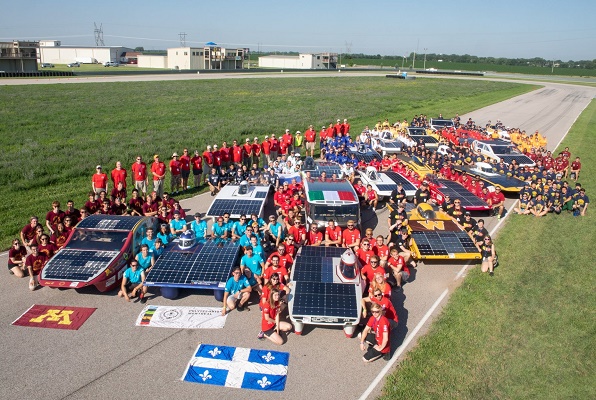
It is equally important to charge the batteries as much as possible in periods of daylight when the car is not racing. To capture as much solar energy as possible, the solar panels are generally directed such that these are perpendicular to the incident sun rays.
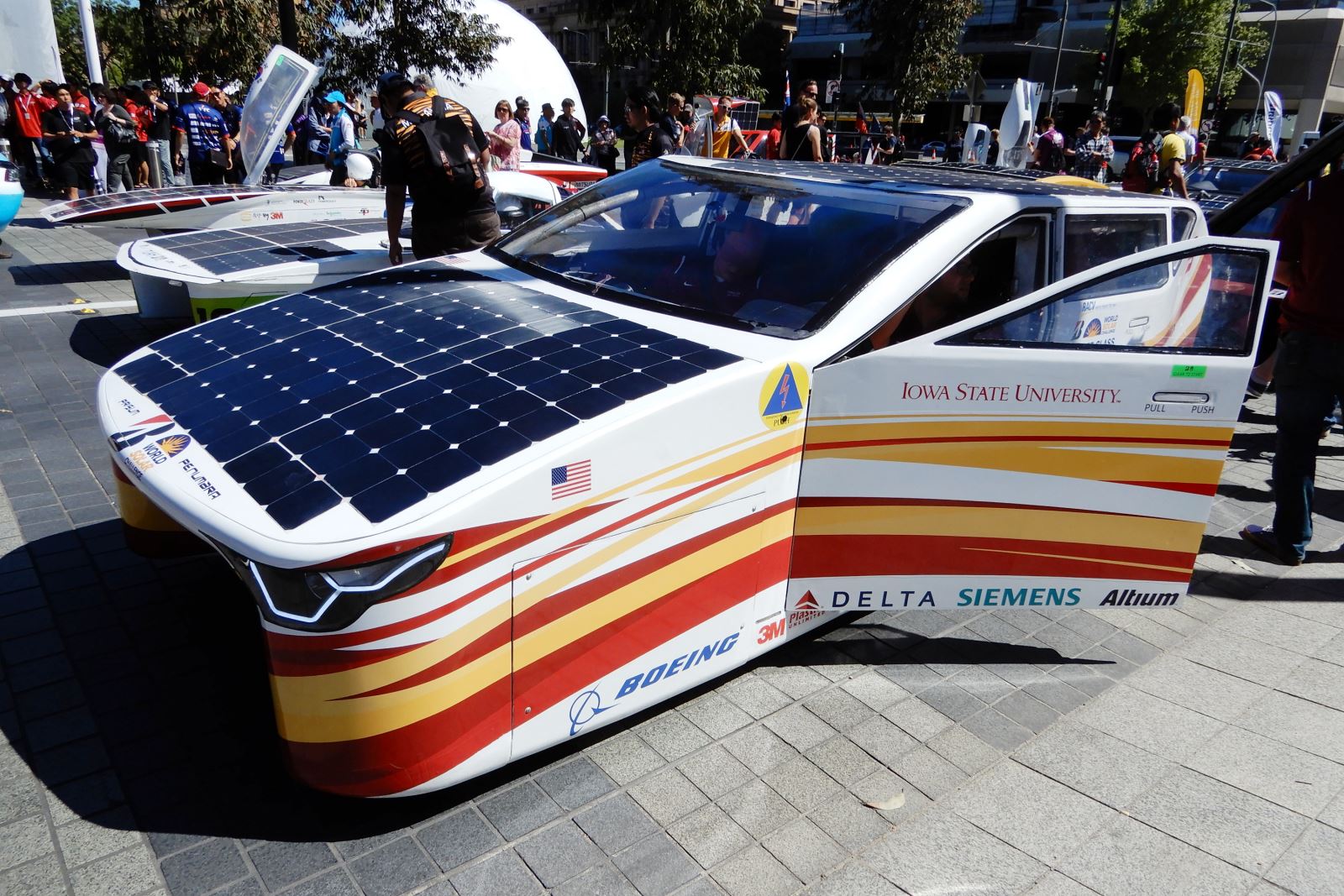
The race rules were consistently made more demanding and challenging — for instance after Honda's Dream car first won the race with an average speed exceeding 55 mph (88.5 km/h) in 1996. In 2005 the Dutch Nuna team were the first to beat an average speed of 100 km/h (62 mph).
According to en.wikipedia



